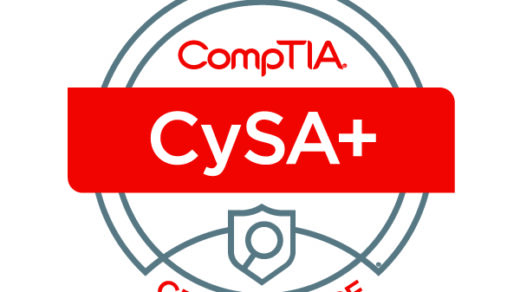Protecting Seniors from Cyber Attacks
I had lunch with a good friend today and she was telling me about the ritual of having to run virus scans after her grandmother is done using the computer. Apparently, it has become a daily thing and it may be getting worse.
“I go to check on her and I find her monitor screen covered with pop-up windows,” she explained. “Grandma gets really frustrated about it. She doesn’t know what to do.”
My friend’s grandmother is 89 years old, but that hasn’t stopped her from using her desktop. “She likes to go on the Internet to read the news,” my friend said. “But sometimes she’s clicking on things that may have viruses.”
Indeed, the Internet has become a very scary place for folks of any age. Bad actors have poisoned the well with drive-by payloads, XSS attacks, fake websites, man-in-the-middle attacks, etc. Clicking the wrong link can be compared to stepping off a cliff — it’s gonna hurt.
Certainly, unsuspecting seniors are at greater risk of falling victims of hoaxes and phishing campaigns. My friend’s grandmother was already scammed off a big amount of money last year by a caller who claimed she needed to wire him money for a debt he claimed she had. There was no such debt, but she fell for it anyway and never got her money back. Horrible, right?
For now, I’ve advised my friend to not let her grandmother do any credit card transactions on the computer nor to post any sensitive information on websites. My cybersecurity analyst paranoia has kicked in and I have a feeling that the computer probably has a ton of malware on it already — stuff that the virus scan just won’t pick up.

So, what are tech companies doing to protect seniors or even children from the dangers of embedded malware today? Our parents are aging and many have been used to using computers for the past 20 years, if not longer. Having them fall victims of fake websites, XSS, and other dangers is a serious cybersecurity concern, but I’ve not heard much about the problem, and even less about solutions. Are we just not talking about it or do we not think it’s a big deal?
During my research for this blog post, I did find some helpful tips for protecting seniors that surf the web such as using strong passwords, “think before you click,” setting very strict settings on web browsers, and ensuring firewalls are configured correctly. Honestly, I still don’t think these measures are enough though.
My Proposed Solution
So, I put my thinking cap on and I had the idea for a browser that could color-code malicious links appearing on a page. Typically, links on a page are blue, but what if we had browsers capable of turning potentially bad links into red or orange?
I’m thinking that the browser’s feature of “flagging” hazardous links as red or orange could help seniors understand which links are safe to click on and which aren’t. Perhaps this could be a new browser extension that can be added to Chrome, Firefox, and others. Or, it could be built-in. The browser would be programmed to scan links prior to loading a webpage and compare them to domain blacklists or virus signatures. There would be plenty of false positives for sure, but the bugs could be fixed over time to make the scans more accurate.
There is already an extension for Chrome that checks for broken links on a page, it’s called “Check My Links” and it’s made for web developers and designers who need to make sure all links are working for their projects. You can read more about it here.
The idea of having a crawler check for malicious links on a webpage would be more involved but with the resources Google has at its disposal, I’m sure there is a Java or Javascript master in their team that can create this amazing browser or extension to help protect our grannies and grandpas from getting ripped off by bad actors.
In conclusion, I think we need to do more to protect our seniors and children from clicking on links that can download malware and spyware — or porn, ugh! I didn’t want to say it, but the threat is REAL. Bad actors are out there to make anyone a target, regardless of age, class, color, race, etc. We have to be more proactive and start developing measures that protect the public, especially those most vulnerable, like my friend’s grandmother.



